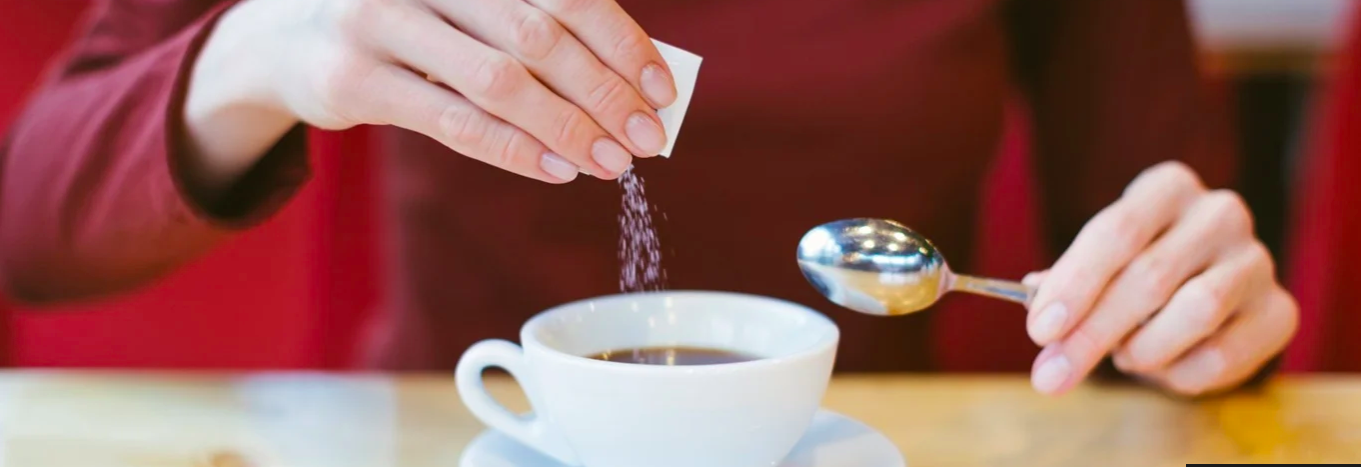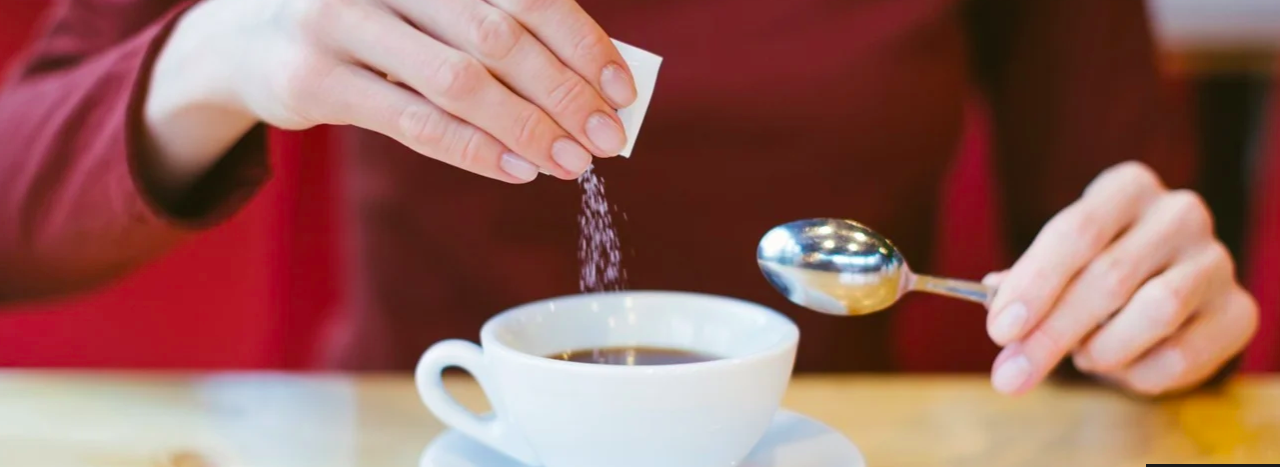
Night owls face an elevated risk of developing type 2 diabetes and are more prone to smoking, exercising less, and maintaining poor sleep habits compared to early risers, according to a recent study published in the Annals of Internal Medicine.
The study centered on participants’ self-reported chronotype, which denotes an individual’s natural inclination to sleep and wake up either early or late, commonly referred to as being an early bird or a night owl.
Researchers from Brigham and Women’s Hospital and Harvard Medical School examined the self-reported lifestyle choices and sleep patterns of over 60,000 middle-aged female nurses. They discovered that those with a predisposition for waking up later exhibited a 72% higher risk of diabetes and were 54% more likely to engage in unhealthy lifestyle behaviors compared to those who tended to wake up earlier.
After accounting for six lifestyle factors – including diet, alcohol consumption, body mass index (BMI), physical activity, smoking status, and sleep duration – the link between evening chronotype and diabetes risk diminished to a 19% higher likelihood of developing type 2 diabetes.
In a subgroup analysis, this connection was more pronounced among women who had either not worked night shifts in the previous two years or had worked night shifts for less than a decade in their careers. For nurses who had recently worked night shifts, the study found no correlation between evening chronotype and diabetes risk.
The participants, drawn from the Nurses’ Health Study II, were between 45 and 62 years old, with no history of cancer, cardiovascular disease, or diabetes. The researchers tracked the group from 2009 until 2017.
The authors, led by Sina Kianersi, DVM, PhD, of Harvard Medical School, Boston, suggest that their results may be attributed to a misalignment between a person’s circadian rhythm and their physical and social environment, such as living on a schedule opposite to their circadian preference.
In previous studies, shorter or irregular sleep patterns have been linked to a higher risk of type 2 diabetes. Additionally, individuals with an evening chronotype are more likely than early risers to have unhealthy eating habits, lower levels of physical activity, and engage in smoking and drinking.
The study did not find a correlation between an evening chronotype and unhealthy drinking, which was defined as consuming one or more drinks per day by the authors.
In an accompanying editorial, two physicians from the Harvard T.H. Chan School of Public Health in Boston caution that the study’s statistical design may limit its ability to establish causation.
“Chronotype could change later, which might correlate with lifestyle changes,” write Kehuan Lin, MS, Mingyang Song, MBBS, and Edward Giovannucci, MD. “Experimental trials are required to determine whether chronotype is a marker of unhealthy lifestyle or an independent determinant.”
They also suggest that psychological factors and the type of work being performed by the participants could be potential confounding variables.
The authors of the study note that their findings might not be applicable to groups other than middle-aged White female nurses. The study population also had a relatively high level of education and were socioeconomically advantaged.
Self-reporting chronotypes with a single question could also lead to misclassification and measurement error, the authors acknowledge.
The findings emphasize the importance of considering an individual’s chronotype when scheduling shift work. For instance, assigning night owls to night shifts may enhance their metabolic health and sleeping habits, according to the authors.
“Given the importance of lifestyle modification in diabetes prevention, future research is warranted to investigate whether improving lifestyle behaviors could effectively reduce diabetes risk in persons with an evening chronotype,” the authors conclude.
The study received support from grants provided by the National Institutes of Health and the European Research Council.
Annals of Internal Medicine. Published online September 11, 2023.












